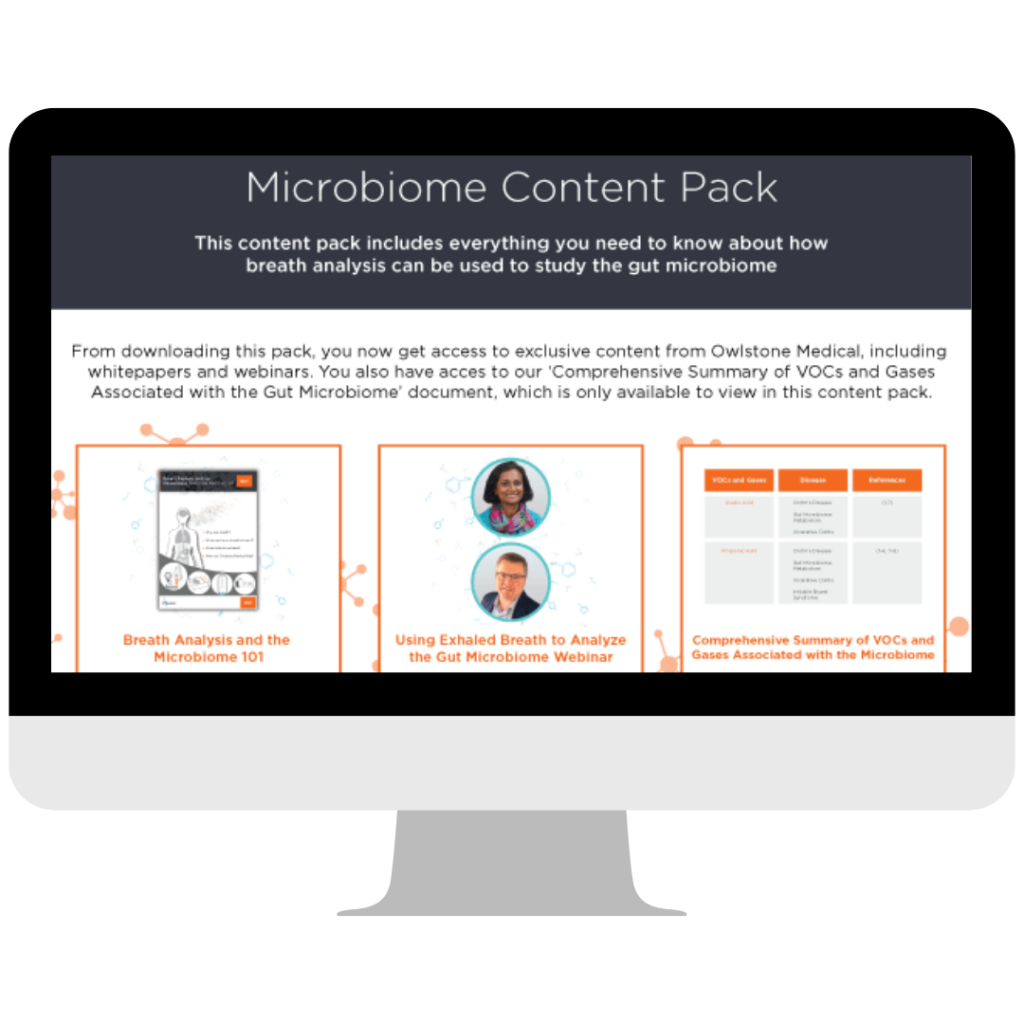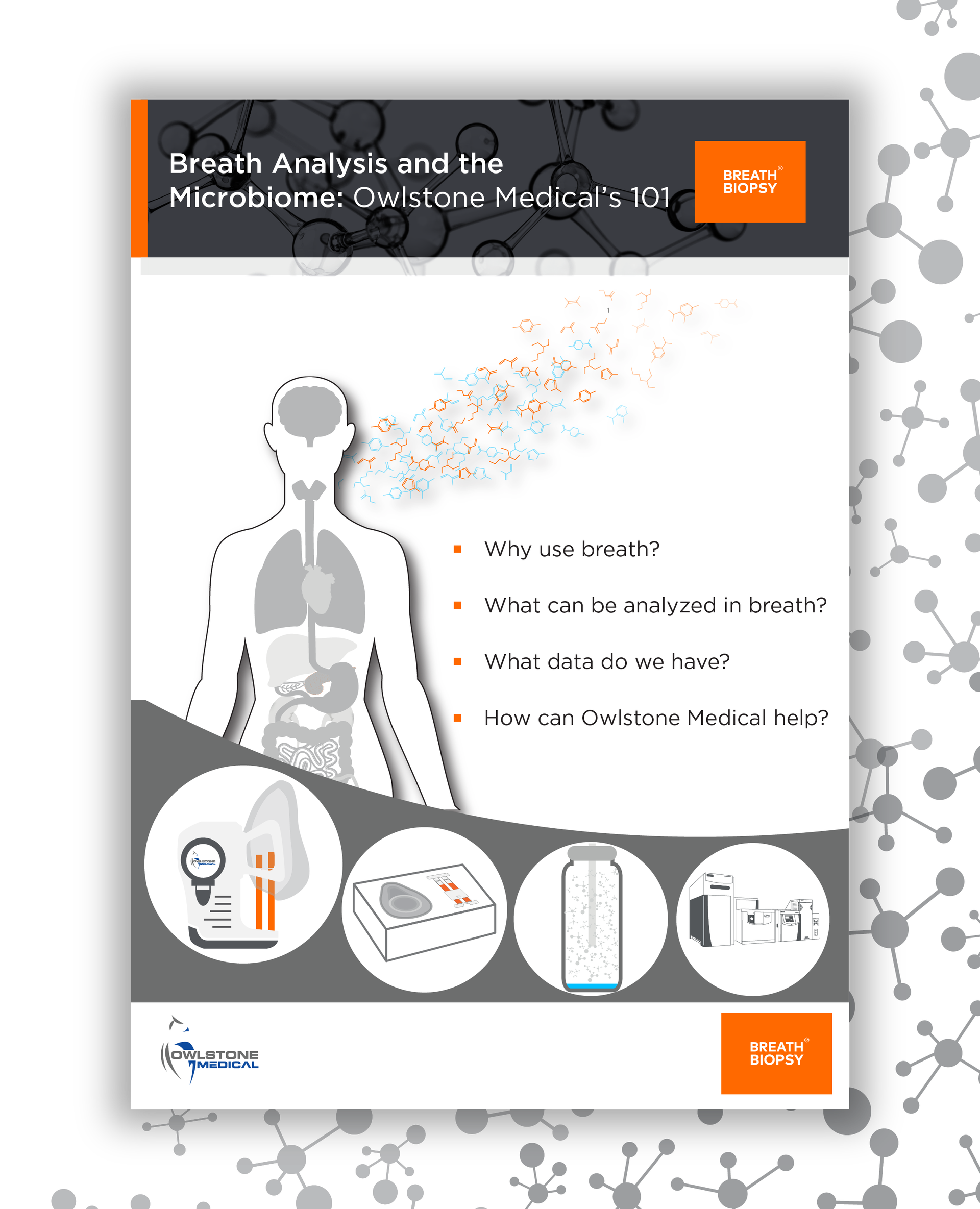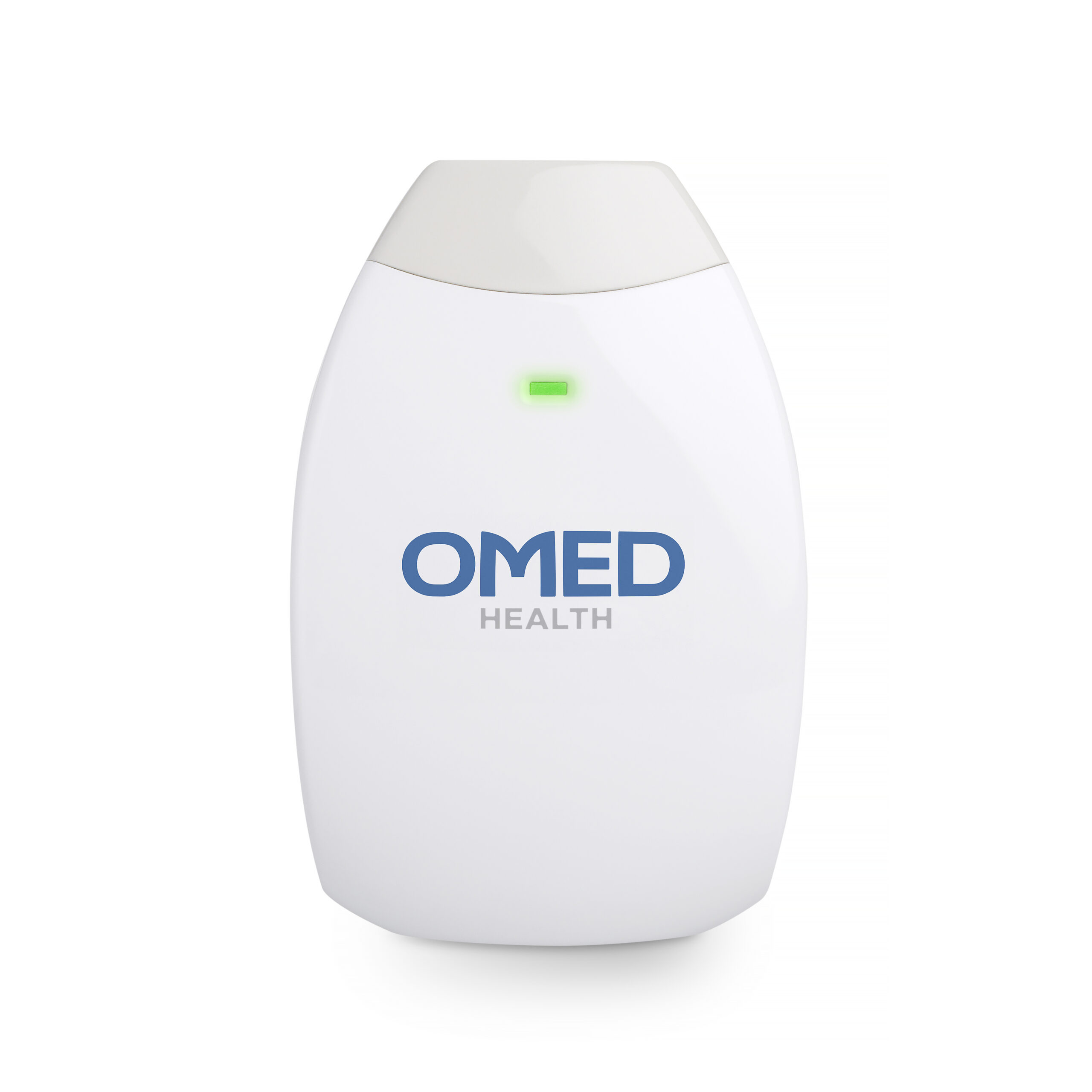Breath can Show Improvements in our Gut Microbiome and Wellness
Published on: 20 Nov 2023
The gut microbiome and the support of health and wellness
Consumers are more and more interested in the effects of our food and drink on their bodies and are increasingly conscious of how to select the right options to improve their health and wellbeing . One of the major factors that influence whether a food will affect us positively or negatively is the response of our gut microbiome – the community of microorganisms that live inside our gastrointestinal tract. Ingredients processed by our gut microbiome can be beneficial to our health due to the metabolites they produce interacting with our physiology.
Certain indigestible fibers like polyols are readily fermented to form gases like hydrogen and methane by bacteria in the gut, which if excessive, can cause bloating and abdominal pain (1), whereas a high-fiber diet can also lead to the production of beneficial short-chain fatty acids (SCFAs) by intestinal microbes. Higher levels of SCFAs in the gut are associated with reduced risk of diseases such as colorectal cancer, regulating glucose and lipid metabolism, and anti-inflammatory regulation of the immune system (2–4). This highlights how our food is not only fuelling us but also fuelling our gut microbiome, and so considering how certain foods are processed in our gut is important to understand how to improve our health and wellness.
To make a claim about the beneficial effect of food or a specific ingredient on labels, in marketing, or in advertising, this must first be approved by the European Food Safety Authority (EFSA). In order for a company to be successfully granted the ability to make such a claim, strong scientific evidence is needed. Ideally this would be patient/volunteer reported outcomes on their health, however this can be very subjective and challenging to measure where small benefits are seen – very large (and costly) clinical trials would be needed to overcome this.
Thus, molecular biomarkers well-linked to specific aspects of health can provide a method to demonstrate a food is having an effect in a smaller clinical study. For example, it is known that gas production is related to patient gut discomfort (1). To assess the levels of gas being produced in the gut, a hydrogen and methane breath test (HMBT) is the current gold standard.
A HMBT utilizes GC-MS technology (or other approaches) to analyze the gaseous components in breath samples to measure changes in the concentration of these gases to the parts per billion (ppb) level. This works on the basis that hydrogen and methane are almost exclusively produced in the body by the microbiome in response to food ingested, and readily travel from their origin in the gastrointestinal tract via the blood to be exchanged into the breath at the alveolar membrane in the lungs.
The blood concentrations of volatile compounds are proportional to their breath concentration (5), therefore breath analysis is a quantitative platform to assess the effect of food ingredients on the microbiome and could be used as part of a clinical study to support EFSA claims approval.
There are many microbial metabolites measurable in breath
Alongside gut-associated gases in the breath like hydrogen, methane, and hydrogen sulfide – many other microbial metabolites produced by the gut microbiome that are relevant for health are in fact volatile, including the aforementioned SCFAs. This means that they too can diffuse from their point of origin into the blood and volatize into the air in the lungs to be detectable in breath. There are a multitude of examples of gut microbial pathways that produce metabolites from food that are known to impact human health.
One such example that was described in a previous blog is 4-ethylphenylsulfate (4EPS), which can enter the brain and disrupt the patterns of myelination. Increasing the amount of 4EPS produced by the gut microbiome was shown to result in anxiety-like behaviors, an effect that was removed by the addition of drugs that restored oligodendrocyte function, mechanistically linking a microbial metabolite to negative cognitive effects (6). The precursor compound to 4EPS – 4-ethylphenol (4EP) – is volatile, and readily detectable in exhaled breath.
Hypothetically, if a food ingredient was found to reduce anxiety through reducing the amount of 4EPS produced by the gut microbiota, monitoring the levels of 4EP in the breath could be used as evidence to successfully gain approval from the EFSA to label food products with the claim that it can reduce anxiety. This is a quantitative approach that can be applied to the many microbial metabolites that are associated to health and wellness and can support otherwise subjective patient questionnaires that report on their experiences during studies designed to collected data needed for successful EFSA claims.
Portable breath analysis devices can provide more in-depth information
The changing composition of breath over time in response to a food ingredient can provide more detailed assessment of the activity of the gut microbiome. As breath can be collected non-invasively and at frequent intervals, breath is an ideal sampling medium over more traditional matrices like fecal matter, urine, or blood. As breath is a virtually inexhaustible resource produced almost continually from the body, a large volume of breath can be collected at any one time.
Theoretically, breath sampling can be undertaken anywhere, and this is further supported by portable hydrogen and methane breath analysis devices that are based on sensor technology, which open up the possibility of at-home longitudinal monitoring in de-centralized study designs. Breath testing also enables the development of personalized treatment plans, helping to determine whether a treatment or supplement will work for you, followed by tracking if a chosen treatment or supplement is working how it should.
Our own OMED Health hydrogen and methane breath analyzer is soon to launch and can be paired with our analyzer mobile phone app to collect paired symptom, lifestyle and diet data alongside breath measurement for robust data collection. This means our device can assess the role of the gut microbiome in health and in disease.
Owlstone Medical can help you to incorporate breath analysis into your studies
No matter the purpose of your study, breath as a sampling medium has many advantages for biomarker analysis over other more commonly used sampling mediums. Analysis of volatile compounds in exhaled breath, or those emitted from in vitro samples can be incorporated in a variety of innovative ways in your research, including our EVOC probe approach which introduces a test substrate into the body to be metabolized by a targeted pathway, resulting in an informative product in the breath. If you are interested in finding out how you could incorporate breath analysis in your research, please do not hesitate to contact us.
References
- Mutuyemungu E, Singh M, Liu S, Rose DJ. Intestinal gas production by the gut microbiota: A review. Journal of Functional Foods. 2023 Jan 1;100:105367.
- Cronin P, Joyce SA, O’Toole PW, O’Connor EM. Dietary Fibre Modulates the Gut Microbiota. Nutrients. 2021 May 13;13(5):1655.
- den Besten G, van Eunen K, Groen AK, Venema K, Reijngoud DJ, Bakker BM. The role of short-chain fatty acids in the interplay between diet, gut microbiota, and host energy metabolism. J Lipid Res. 2013 Sep;54(9):2325–40.
- Louis P, Hold GL, Flint HJ. The gut microbiota, bacterial metabolites and colorectal cancer. Nat Rev Microbiol. 2014 Oct;12(10):661–72.
- Mochalski P, King J, Mayhew CA, Unterkofler K. Modelling of Breath and Various Blood Volatilomic Profiles-Implications for Breath Volatile Analysis. Molecules. 2022 Apr 7;27(8):2381.
- Needham BD, Funabashi M, Adame MD, Wang Z, Boktor JC, Haney J, et al. A gut-derived metabolite alters brain activity and anxiety behaviour in mice. Nature. 2022 Feb;602(7898):647–53.
Microbiome Content Pack: exclusive content on how breath analysis can be used for gut microbiome research



